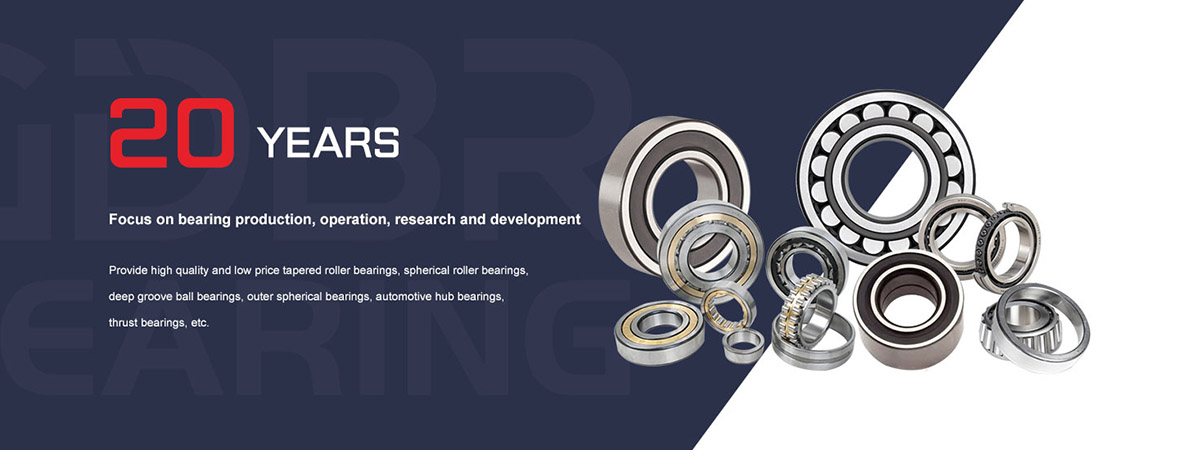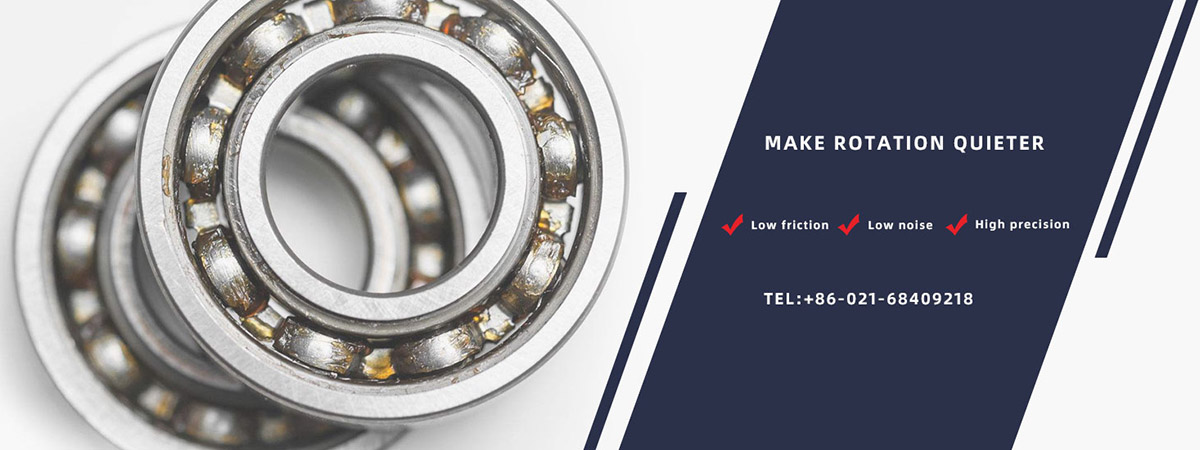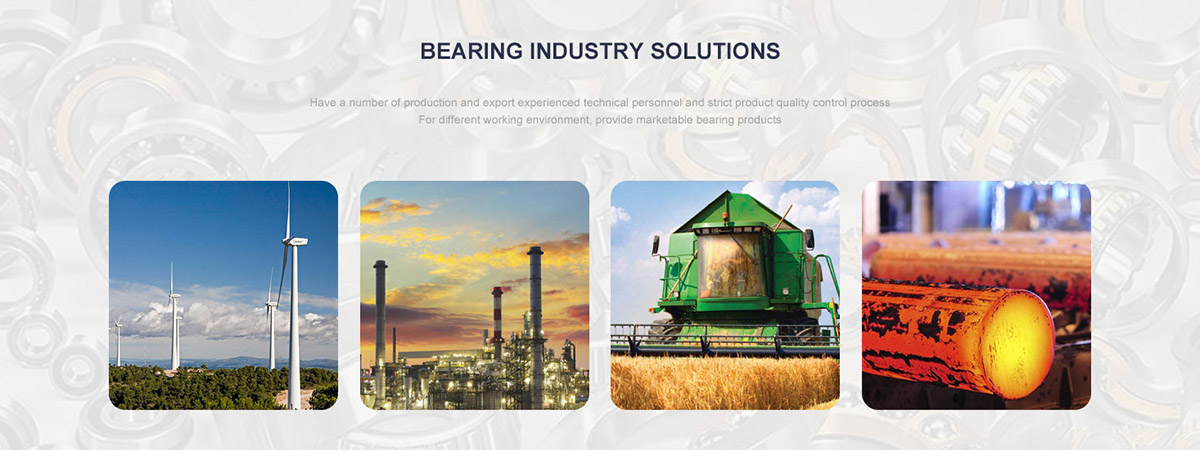The rolling sound of the bearing can judge the fault
2020-08-13A sound detector is used to check the rolling sound size and sound quality of the bearing in operation. Even if the bearing has slight peeling off and other damage, it will also emit abnormal and irregular sounds, which can be distinguished by the sound detector. It is a common method to identify irregular operation by hearing. For example, the use of electronic stethoscope to detect abnormal noise of a part is often used by experienced operators.
1. If the bearing is in good continuous running state, it will make a low whine sound. If there is a sharp hissing, squeaking and other irregular sounds, it often indicates that the bearing is in poor continuous running condition. The squeak noise may be caused by improper lubrication. Improper bearing clearance can also cause metal noise.
2. The dent of the concave track on the outer ring of the bearing will cause vibration and make a smooth and crisp sound.
3. If it is due to the knock marks caused by the installation, the noise will be different with the bearing speed.
4. If there is intermittent noise, the rolling element may be damaged. This sound occurs when the damaged surface is rolled. If there is contamination in the bearing, it will cause hissing sound. Severe CO bearing damage can produce irregular and loud noise.
5. Bearing damage can be detected by hearing, but usually it has arrived at this time and the bearing must be replaced immediately. Therefore, it is better to use electronic condition monitoring instruments such as SKF. Compared with the old method of using a wooden stick or screw driver against the bearing housing and the other end close to the ear, the new invention ensures a safer and more accurate estimation of bearing condition.







